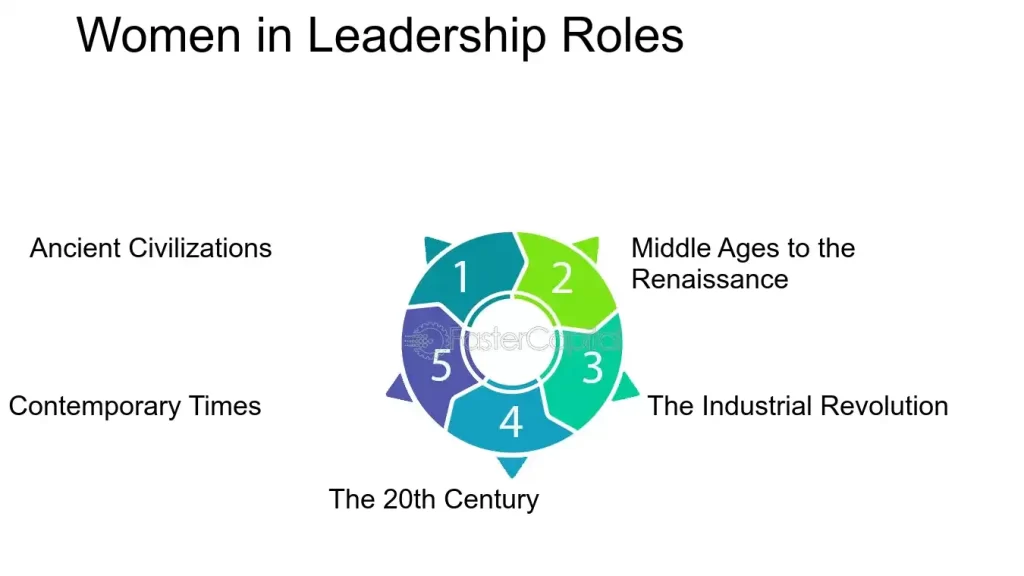Women in US Politics: Progress and Challenges
The Early Struggles for Women in US Politics
In the early days of American politics, women had very limited roles. They were not allowed to vote, let alone run for office. The idea of women participating in politics was not accepted by society, and women faced many barriers, both legal and cultural. The 19th century saw women like Susan B. Anthony and Elizabeth Cady Stanton fighting hard for women’s rights. These women led the suffrage movement, which aimed to give women the right to vote. Their work laid the foundation for future progress, even though the path was difficult and slow.
The struggle for women’s political rights began with small steps. Women first became involved in politics through social reform movements, such as the fight to end slavery or improve working conditions. These movements allowed women to find their political voices and build the skills needed to engage in politics. Despite this, they faced strong opposition. Men dominated the political arena, and women were often told that their place was at home.
It wasn’t until 1920, with the passage of the 19th Amendment, that women finally won the right to vote. This was a huge victory, but it did not mean that women had equal political power. Women were still underrepresented in government and faced ongoing challenges to their full participation in political life. But the victory of 1920 marked a turning point, and more women began to take part in politics, slowly but steadily increasing their influence.
The Rise of Women in US Politics
Since the passage of the 19th Amendment, women have made significant progress in politics. In the years following 1920, women began to run for political office, though it remained rare for women to be elected. The first woman elected to Congress was Jeannette Rankin, who was elected to the U.S. House of Representatives in 1916, even before women had the right to vote nationwide. Her election was a sign of the potential for women’s involvement in politics, but progress remained slow for many decades.
It wasn’t until the 1980s and 1990s that women began to make significant gains in U.S. politics. This period saw the election of many women to state and national offices. In 1984, Geraldine Ferraro became the first woman to run for vice president on a major party ticket, a historic moment that inspired many women to become more politically active. In 1992, often called the “Year of the Woman,” a record number of women were elected to the U.S. Senate and House of Representatives.
Since then, women’s participation in politics has continued to grow. Today, women hold key positions in government, including seats in Congress, governorships, and roles in presidential administrations. Notable figures include Hillary Clinton, who became the first woman to win a major party’s presidential nomination in 2016, and Kamala Harris, who made history in 2020 as the first woman and the first woman of color to be elected vice president of the United States.
The Impact of Women in Leadership Roles

The presence of women in political leadership roles has had a profound impact on American society and government. Women in office bring new perspectives to policy debates, often advocating for issues that affect women, children, and families. Studies show that women legislators are more likely to introduce bills related to health care, education, and social welfare. Their leadership often leads to more inclusive decision-making and policies that address a broader range of issues.
Women leaders also serve as role models for future generations. Seeing women in positions of power encourages young girls and women to pursue careers in politics and leadership. The success of women like Nancy Pelosi, the first female Speaker of the House, and Sonia Sotomayor, the first Latina Supreme Court Justice, shows that women can succeed at the highest levels of government.
However, the impact of women in leadership goes beyond just policy changes. Women often bring different leadership styles to their roles. Studies suggest that women tend to be more collaborative and inclusive in their decision-making processes, which can lead to more effective governance. Women leaders also tend to emphasize issues of fairness and equality, pushing for policies that support the rights and well-being of marginalized groups.
The Challenges Women Continue to Face in US Politics
Despite the progress made, women still face significant challenges in U.S. politics. One of the biggest barriers is the persistent gender gap in political representation. Women make up over half of the U.S. population, but they are still underrepresented in elected offices. As of 2024, women hold only about 28% of the seats in Congress, and the numbers are even lower in state legislatures and governorships.
Another challenge is the double standard that women in politics often face. Women candidates are frequently judged more harshly than their male counterparts. They are more likely to be criticized for their appearance, demeanor, and personal lives, rather than their policies and qualifications. This can discourage women from running for office and make it harder for those who do to succeed.
Women also face structural barriers, such as difficulties in fundraising and building political networks. Men have historically dominated political fundraising and leadership circles, making it harder for women to gain the resources and support they need to run successful campaigns. Additionally, women often take on more caregiving responsibilities at home, which can limit their time and ability to participate in politics.
The Future of Women in US Politics
The future of women in U.S. politics looks promising, though challenges remain. More women are running for office than ever before, and younger generations of women are showing a strong interest in political careers. The 2018 and 2020 elections saw record numbers of women candidates and winners, particularly women of color, who are increasingly making their mark in politics.
To continue this progress, efforts are needed to address the barriers that women face in politics. This includes changing the political culture to be more inclusive and supportive of women candidates, as well as providing more opportunities for women to gain the experience and resources they need to run for office. Mentorship programs, leadership training, and financial support can help more women enter and succeed in politics.
There is also a growing movement to encourage women to vote and get involved in political activism. Women have long been a powerful voting bloc, and their participation in elections has shaped the outcome of many important races. By continuing to vote, advocate, and run for office, women can ensure that their voices are heard and that they play a key role in shaping the future of American politics.
The Role of Media in Shaping Perceptions of Women in Politics
The media plays a powerful role in shaping public perceptions of women in politics. Unfortunately, the portrayal of women politicians in the media is often problematic, with women facing greater scrutiny and harsher criticism than their male counterparts. Female candidates are frequently judged based on their appearance, personal lives, and demeanor, rather than their policies and qualifications.
Studies have shown that women candidates receive less coverage than men and that the coverage they do receive often focuses on their looks, their tone of voice, and their likability. This type of media bias can make it harder for women to be taken seriously as political leaders and can discourage women from entering politics in the first place.
Social media has also become a double-edged sword for women in politics. On one hand, platforms like Twitter and Instagram allow women candidates to bypass traditional media outlets and speak directly to voters. This has been particularly beneficial for women of color and other marginalized candidates who may not receive equal media attention. On the other hand, social media has also become a breeding ground for online harassment, with women politicians often facing an onslaught of sexist and racist attacks.
Efforts to address media bias and improve the portrayal of women in politics are ongoing. Organizations like the Women’s Media Center work to promote fair and accurate coverage of women candidates and highlight the achievements of women in politics. Additionally, some women politicians have embraced social media as a tool for challenging traditional narratives and presenting themselves authentically to voters.
The Path Forward: Building a More Inclusive Political Landscape
As women continue to make strides in U.S. politics, there is still much work to be done to build a more inclusive and equitable political landscape. Efforts to increase the representation of women in elected office must continue, with a focus on addressing the unique challenges faced by women of color, LGBTQ+ women, and women from low-income backgrounds.
One important step toward building a more inclusive political landscape is increasing the availability of mentorship and leadership development programs for women. These programs can help women gain the skills, confidence, and networks they need to run for office and succeed in political leadership. Additionally, efforts to reform the political system, such as campaign finance reform and changes to the electoral process, can help reduce the structural barriers that women face.
Cultural change is also necessary to create a political environment that is more welcoming to women. This includes challenging sexist attitudes and double standards that continue to persist in politics, as well as promoting a more inclusive and respectful media landscape. By addressing these issues, society can ensure that women have the opportunity to fully participate in the political process and that their voices are heard at all levels of government.
The future of women in U.S. politics is bright, but continued progress will require sustained effort and commitment from individuals, organizations, and political leaders. By working together, we can create a political system that is more inclusive, equitable, and representative of the diverse voices and experiences of all Americans.










